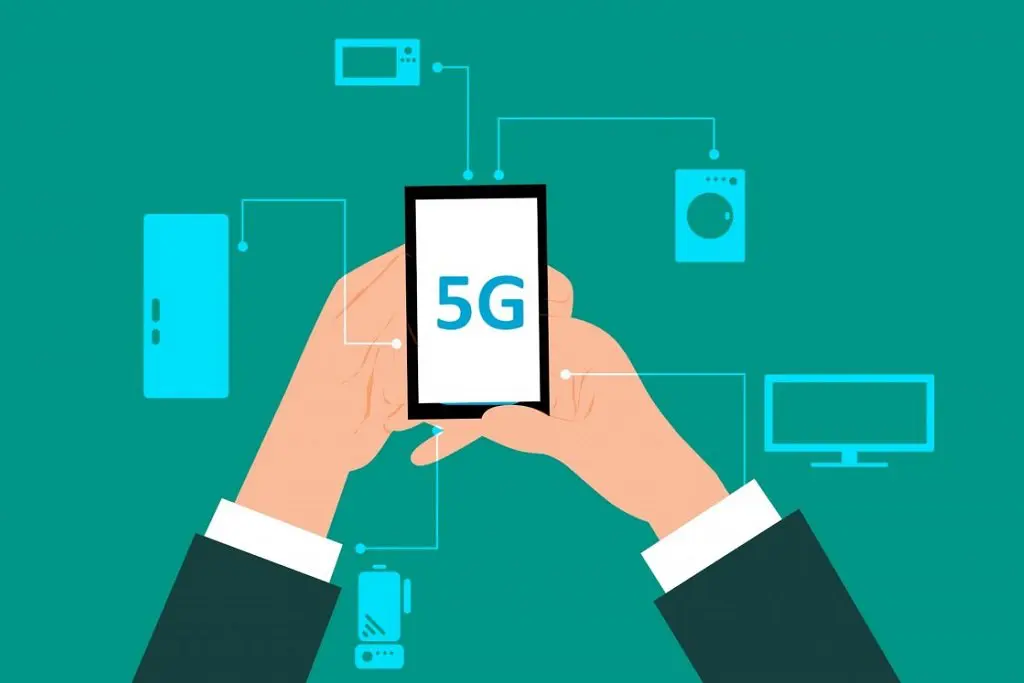5G is almost here. Australian telcos have finished trialling and testing the next generation phone network and have now started to deploy the new 5G technology in certain areas. Some countries such as South Korea and China are actually further into their development and deployment and likely to deploy a lot sooner than Australia. We are expected to see 5G Networks launch across the world by 2020, working alongside existing 3G and 4G technology to provide faster speeds and a more reliable connection.
So what is 5G?
5G is the next major evolution in mobile network technology. As with 4G before it, 5G is focused on mobile data and will promise three major improvements:
Faster network speeds
5G networks will be capable of download speeds as fast as 20Gbps which is almost 100 times faster than what you would receive from 4G. The exact speeds an individual user will get will depend on how the network has been configured, the number of devices on the network, and the device they are connecting to it. The 5G specification states that individual users should see a minimum download speed of 100Mbps. That’s the fastest NBN speed as a minimum.
Lower latency
Another way the Internet can be measured is latency. In plain terms, latency is perhaps best described as the time it takes information to get from your phone to the wider internet and back again. The typical latency for a 4G network is around 60 milliseconds, whereas 5G could decrease this to as low as 1 millisecond. This is a massive decrease in latency and will be vital for technology such as self-driving cars, where every millisecond could make a difference in preventing a crash.
More simultaneous connections
5G will allow more devices to connect to the network at the same time. A negative with 4G is, depending on the tower you are connected to, the more users that are connected to that tower the slower your connection will be. While smartphone usage continues to grow, this is especially important because 5G is set to facilitate new developments in autonomous cars, connected machinery, and Internet of Things devices.
While 5G will succeed 4G, it will not replace it. 4G and 5G networks will exist simultaneously, and Australian telcos intend to keep 3G networks around until at least 2020.
Internet of Things
With the popularity of the internet of things where more and more devices are connecting to the internet, you may be already using your smartphone to open your garage door, turn down the thermostat and dim the lights. That’s 4G and it’s impressive, although nothing compared to 5G.
5G technology is going to allow cell towers to communicate with many more devices than they do now. So, while you might be getting accustomed to the idea of virtually looking inside your refrigerator from the store, that’s just the beginning. The connected home and home automation is the future and 5G will go along way to help users take advantage of new technologies.
Technically how does 5G work?
Wireless technology uses frequency bands of spectrum to send data through radio waves. Fourth-generation (4G) Long-Term Evolution (LTE) wireless technology provides the foundation for 5G. 4G occupies the frequency bands in chunks of up to 20 MHz, and sit around the 700-2600MHz portion of the spectrum. In the case of 5G, it will likely sit higher on the frequency band up to 6GHz. The reason new wireless technologies occupy higher frequencies is that they typically aren’t in use and move information at a much faster speed. The problem is that higher frequency signals don’t travel as far as lower frequencies, so multiple input and output antennas (MIMOs) will probably be used to boost signals anywhere 5G is offered. This will mean more towers will be needed in closer proximity so you will benefit from these speeds.
Will I be able to get 5G networks on my phone?
Existing smartphones, tablets or other devices that were released when 4G networks were the standard may not be able to connect to 5G, to begin with or may incur extra costs to do so. However, following the 2020 deadline for the initial rollout, we should soon see devices coming with 5G connection as default. Don’t worry though – although 5G should represent a major step up from current 4G and 3G networks, the new technology won’t immediately replace its predecessor – at least, not to begin with. Instead, 5G should link in with existing networks to ensure users never lose connection, with the older networks acting as back-up in areas not covered by the new 5G coverage. The build-out of the 5G is going to take several more years to do with thousands of more towers to be built all over the country. The bottom line is, 5G as great as it will be it is probably not going to be widely available for a few more years.

